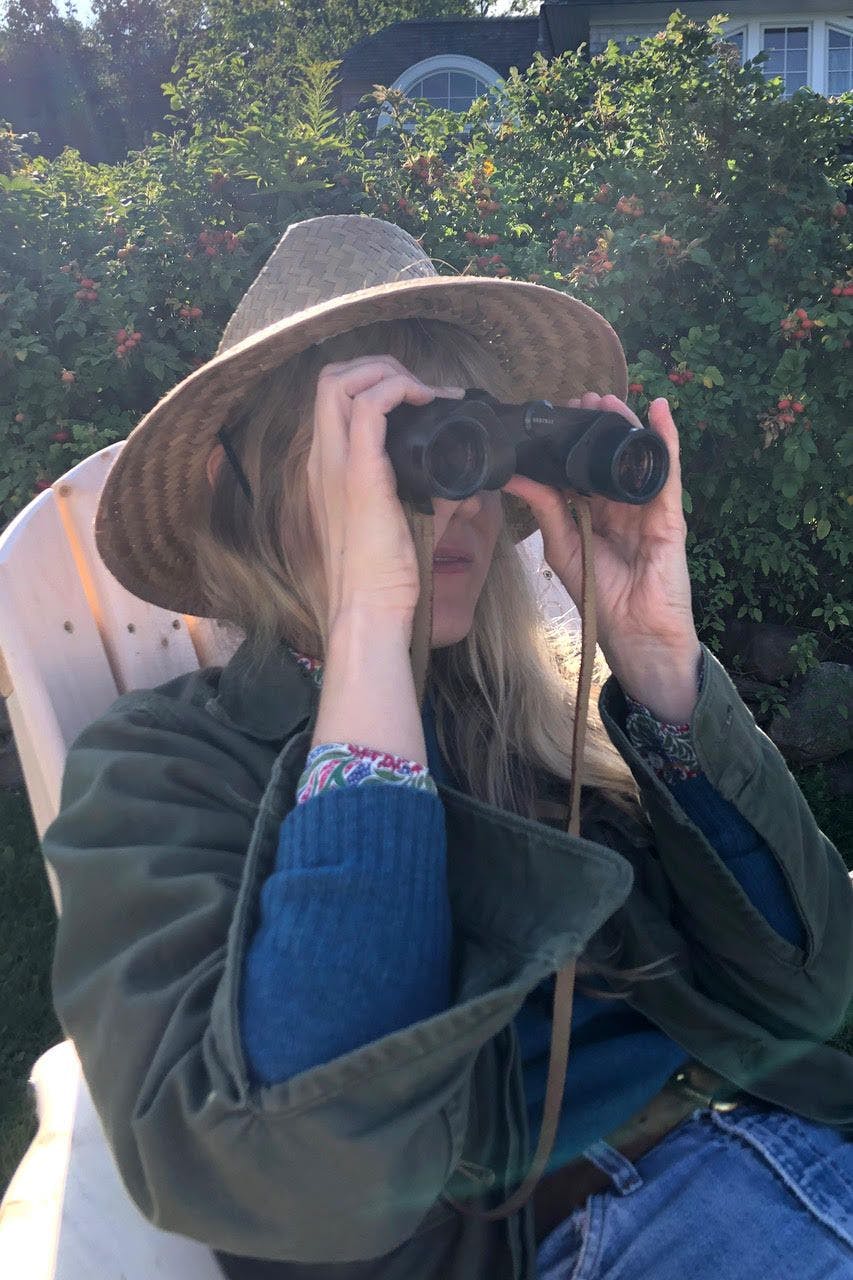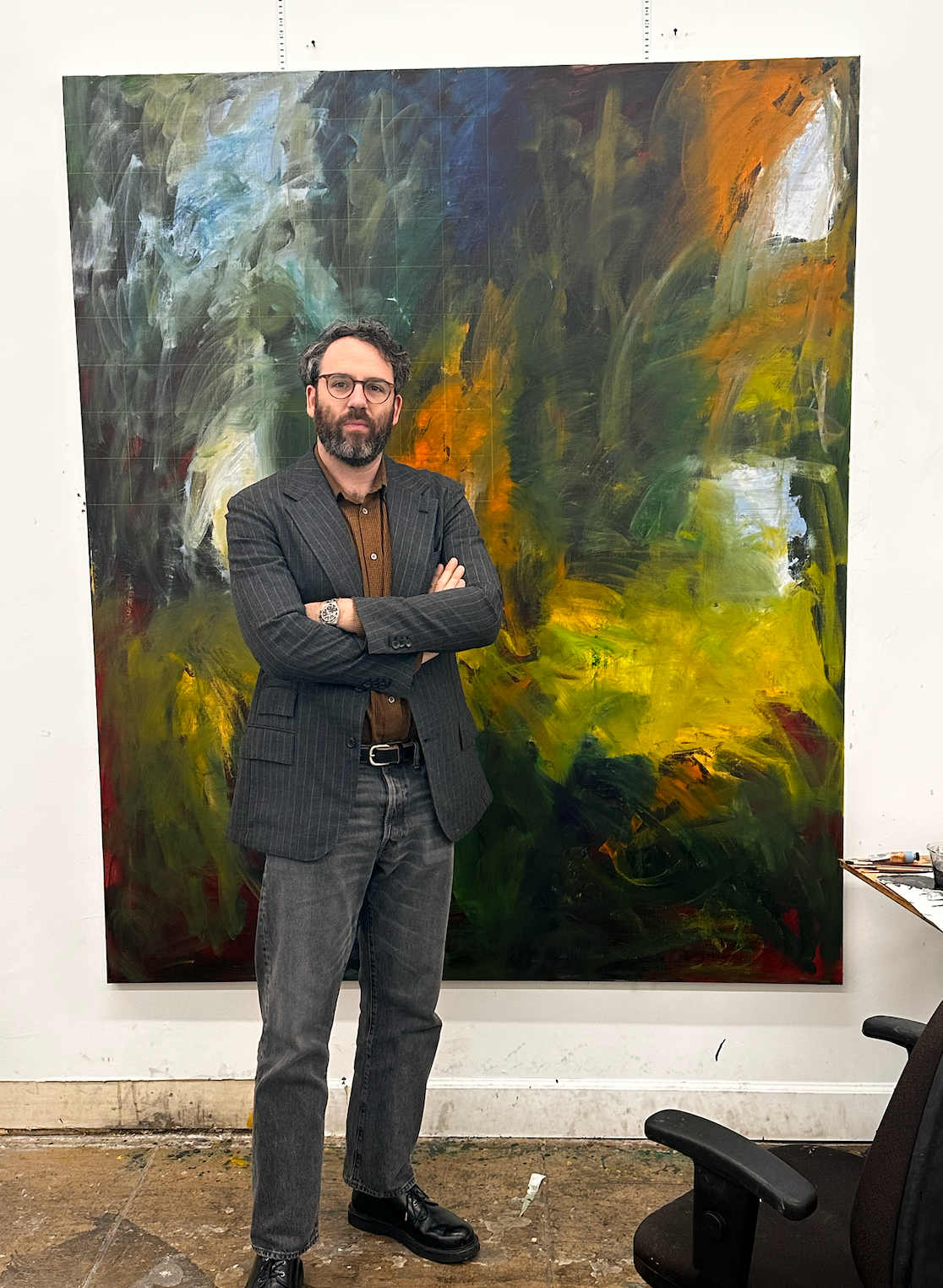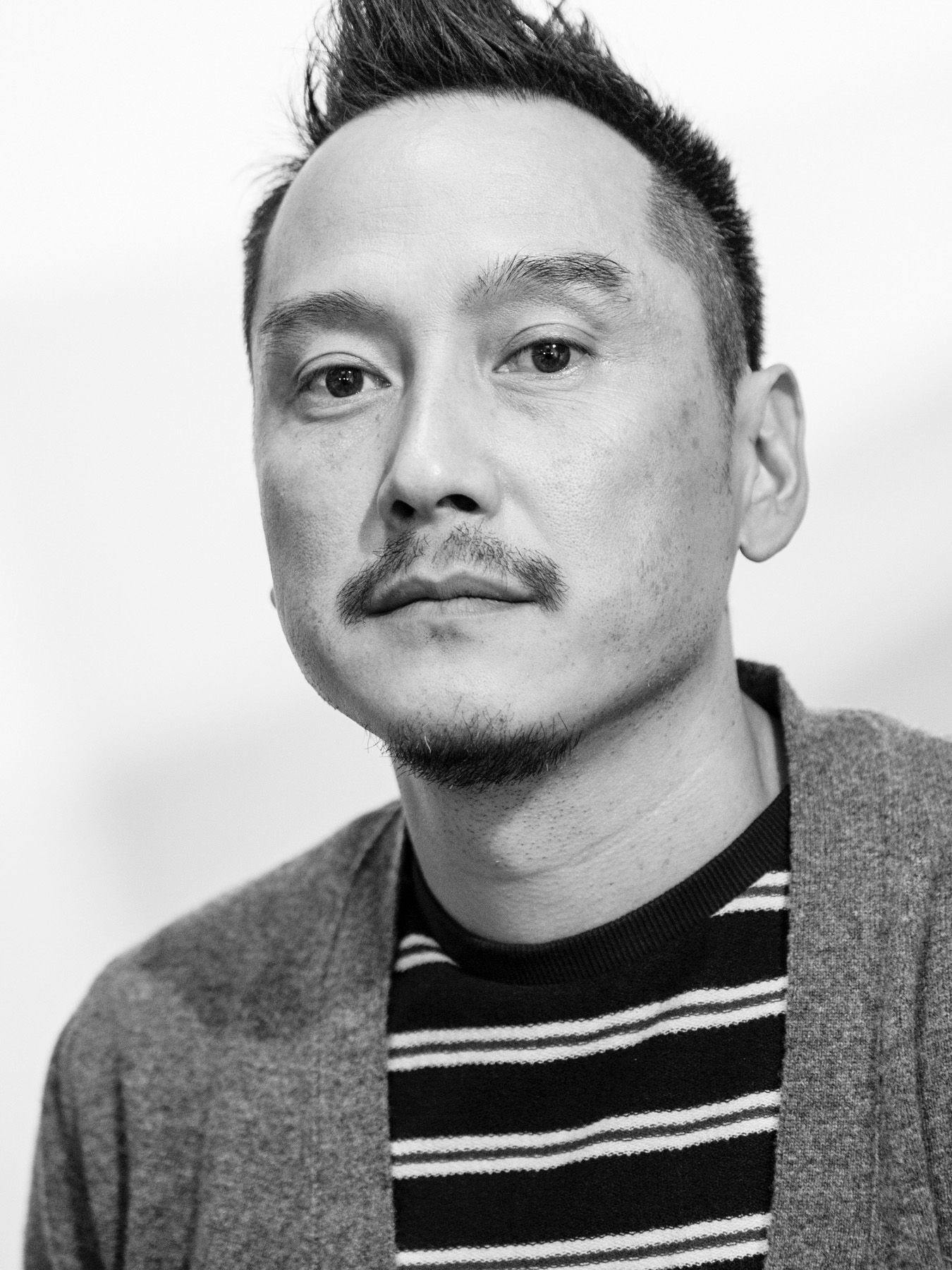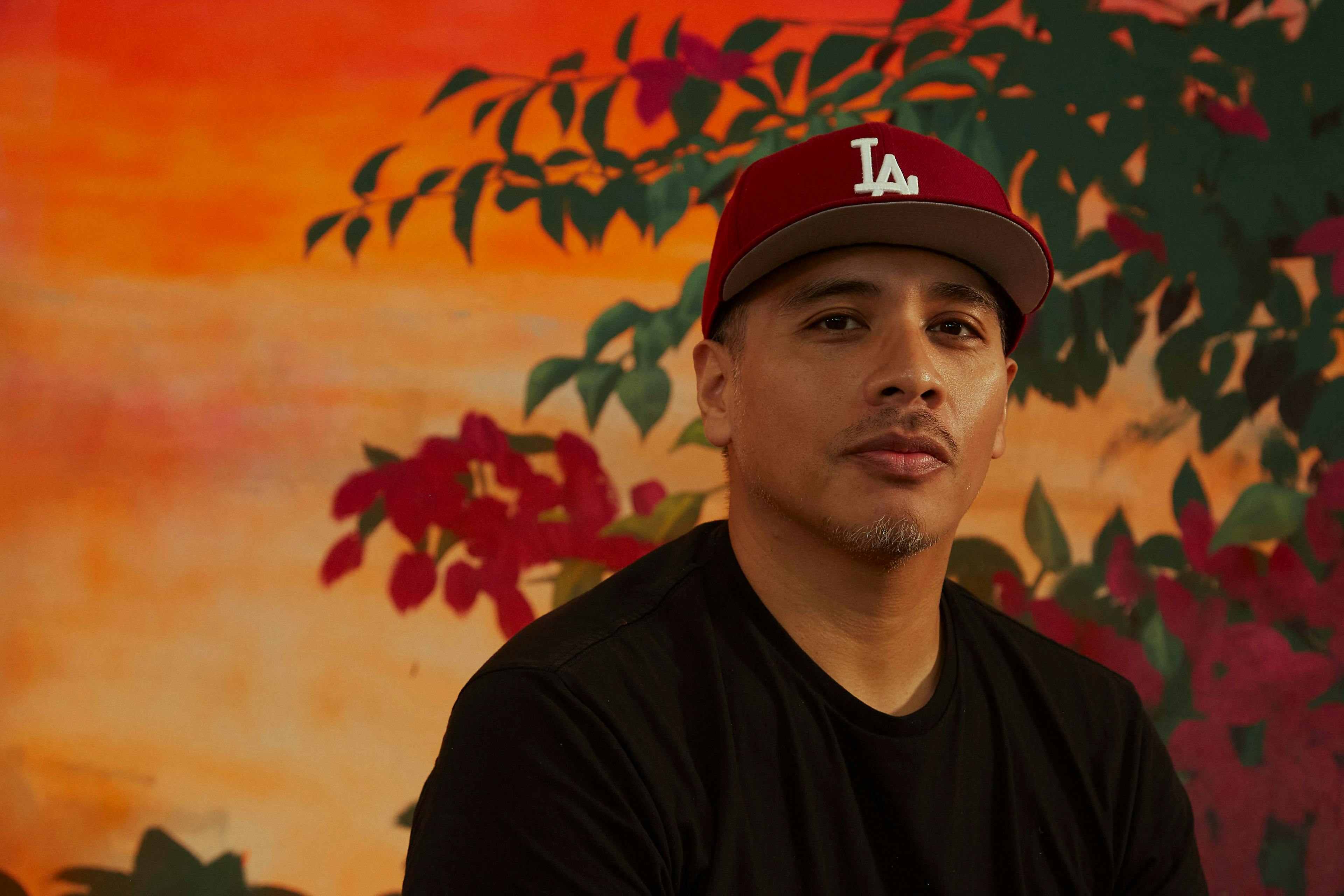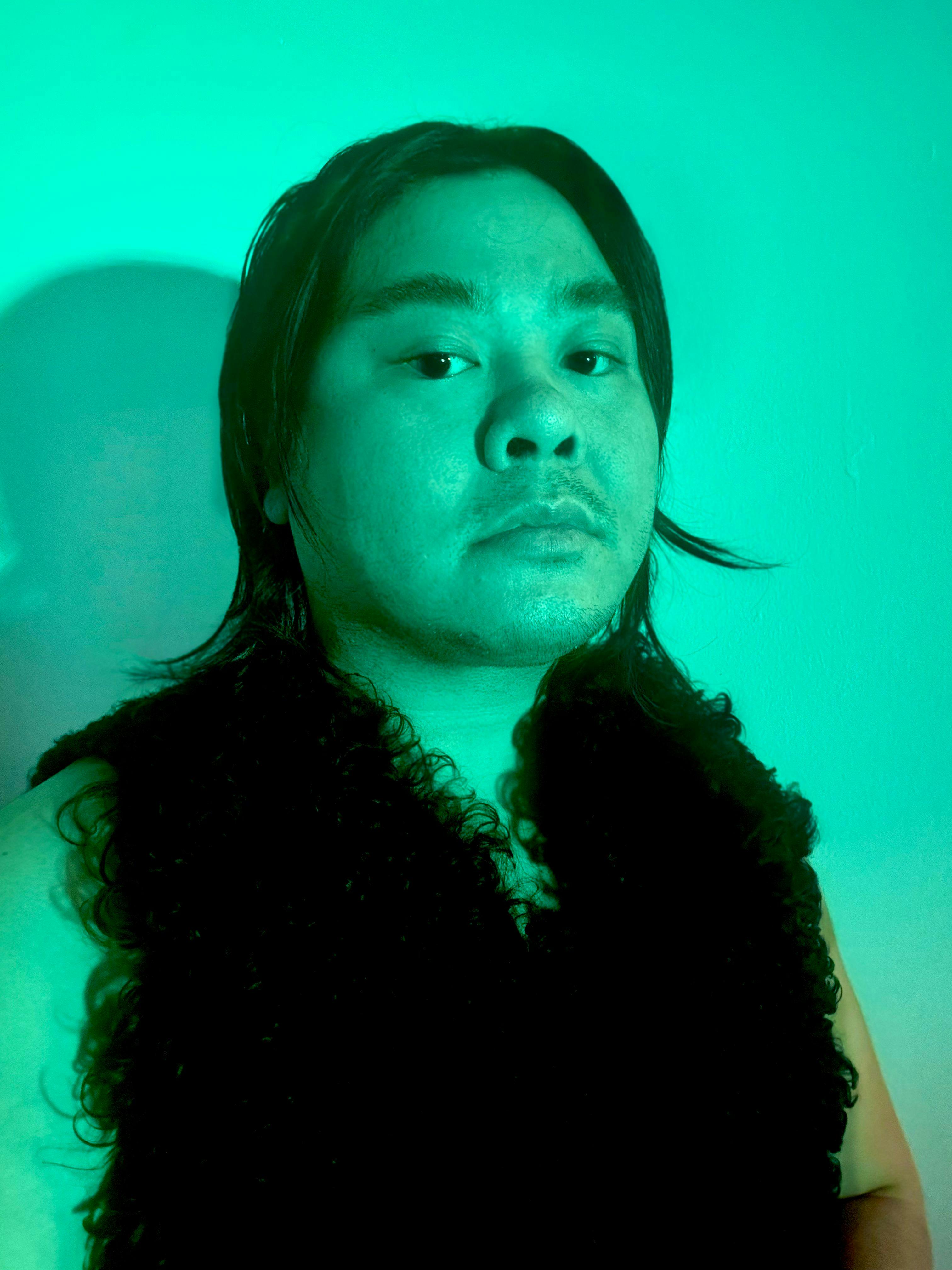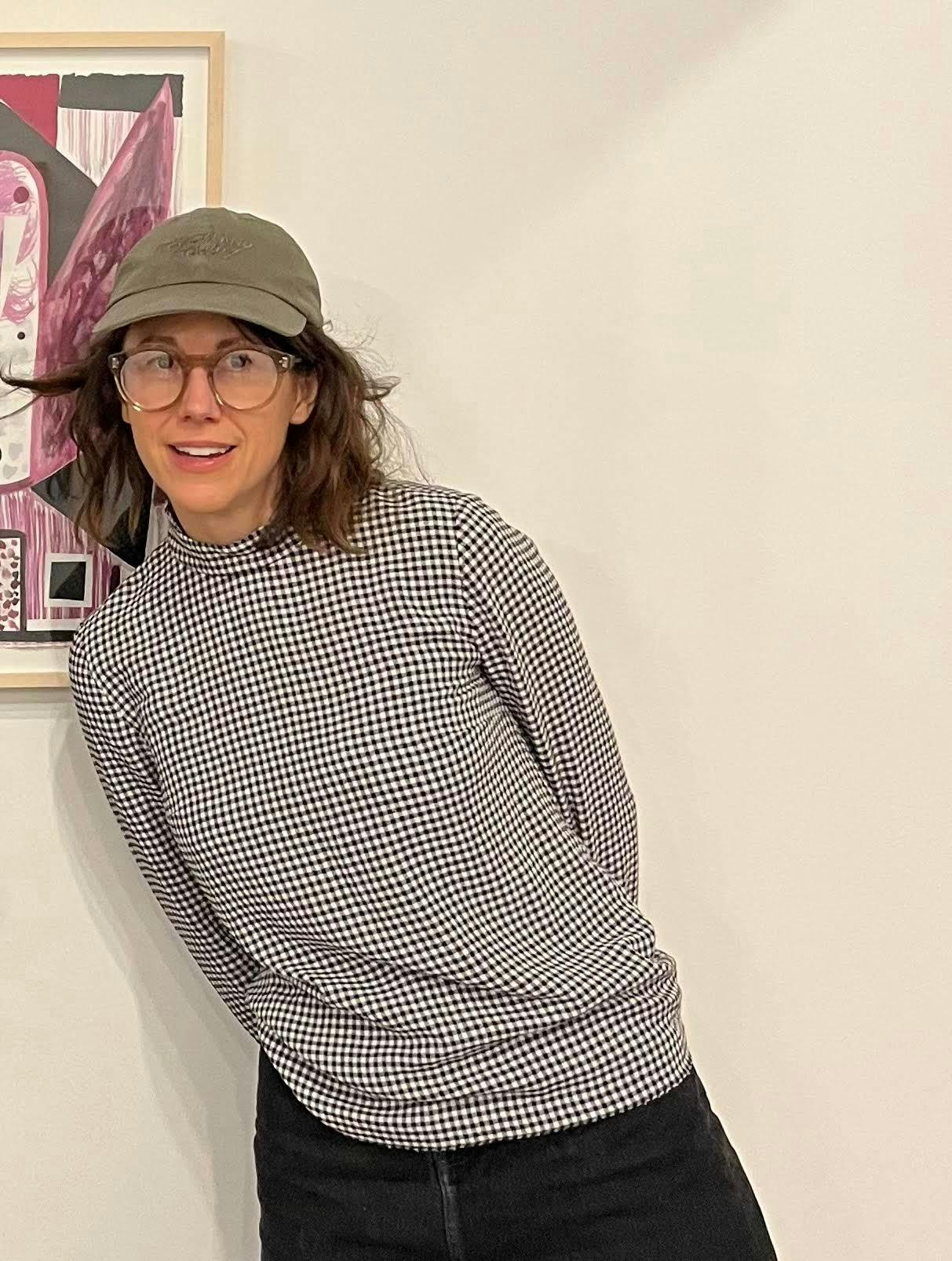LA in One Work of Art
Theodora Allen, Sebastian Gladstone, Glenn Kaino, Patrick Martinez, BJ Panda Bear, Tif Sigfrids
Joey Terrill. Chris Miller on Melrose Ave., 1984. Acrylic on canvas. 38 x 38 inches. Photo courtesy of the artist and Ortuzar Projects. Photo: Marten Elder.
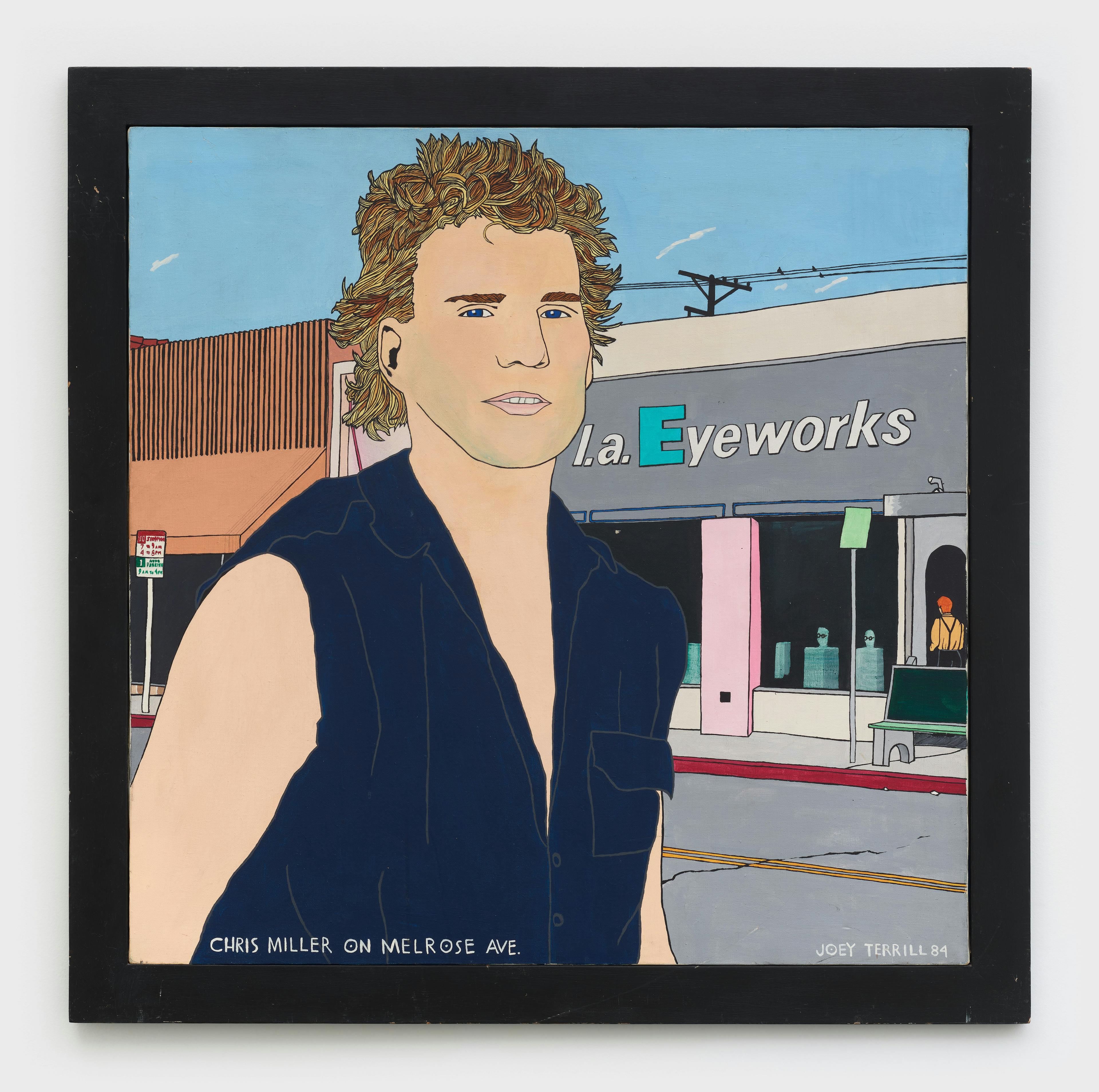
We asked people in, from, or intimately connected with the LA art scene to describe the city in one work of art. Here's what they said:
Theodora Allen
Painter

Recorded in 1974 in a garage studio near Point Dume, Neil Young's Zuma is breezy and heavy, dumb and smart, irreverent and sincere. It's an energy that pulls in all different directions. Young described Zuma in an interview from ’75 as "a lost sort of form, sort of a soul-form that switches from history scene to history scene trying to find itself.” I can't think of a better way to describe this city.
BJ Panda Bear
Content Producer, DJ, Fashion Director
This image [Duchamp Playing Chess with a Nude (Eve Babitz)] represents the spirit of LA, the contrast between high and low. Duchamp at his retrospective winning chess games next to the ultimate symbol of Hollywood, a busty enigmatic Nude. The reveal that it is Eve Babitz offers up so much more than a body, the voice of her zeitgeist, and the fun literary spirit of LA's intelligentsia, confronting this older art dude, who was the rebellious voice of his own generation. It's almost a passing of the baton. Shot days after Duchamp's opening, this was all to get revenge on her married lover, the curator Walter Hopps, who didn't invite her to the opening... A very LA thing to do. She might have lost the chess game, but she essentially came out on top.
Tif Sigfrids
Gallerist

Immediately I thought of what used to be called "Encounters" and is now referred to as "Theme Building".
"Theme Building," the space-age structure situated between terminals at LAX that you might notice while standing outside waiting for an Uber, is quintessential LA. For decades it housed a restaurant, Encounters, that felt straight out of a live-action Jetsons movie. In the days when people picked people up from the airport, there was no better place to kill time, have a drink, and watch planes come and go, all while wondering if what you were sitting in was a swanky bar, a covert meeting place for shadowy business deals, a set for movies set in the distant future, or is ever the case in Los Angeles, some combination of the three.
Glenn Kaino
Conceptual Artist
The Far East Cafe neon sign is the artwork that defined a big part of Los Angeles in my memory and imagination. It was an illuminated marker of Asian-American pride hanging proudly in the center of Little Tokyo. Generations of Chinese and Japanese Americans gathered there for almost sixty years, whether to celebrate weddings or birthdays or mourn the passing of loved ones. Following the arrow below, the glowing words “CHOP SUEY” led you into a timeless sanctuary and safe space, where diasporas entangled as wonderfully as the food that was served.
Sebastian Gladstone
Gallerist

I really like this image by Joey Terrill that was recently in Made in LA. Joey also has a show up through the end of the month [through March 3, 2024 -ed.] at Marc Selwyn Fine Art. I haven't seen too many paintings of Melrose, where I would ride my bike back and forth as a child. I feel like peak Melrose was such a vibe, around Von Dutch, Coffee Bean Ice Blended drinks, and Aardvarks. I love the flatness of the image with the texture of the lines and the color palette. This painting is quintessential Los Angeles to me. In the picture, we have the power lines, the bus stop, the edge of a parking sign, and of course, the protagonist in an open vest because what do we have in LA if not for the good weather. There is a roughness to Los Angeles that has been captured so well in this image, with the subtle details and that low horizon of single-floor buildings—always a blue sky just above a facade or overhang.
Patrick Martinez
Visual Artist
My father was born in Boyle Heights, inside his childhood home on Lanfranco Street, in the summer of 1942. “Filling Up on Ancient Energies” was painted on a cinderblock wall at a Shell Gas station in Boyle Heights in 1980, the same year I was born. Unfortunately, eight years later, it was demolished. Thirteen or fourteen years thereafter, I found myself assisting Wayne Healy and David Botello of the East Los Streetscapers in their El Monte studio, painting their Santa Monica mural. This piece encapsulates numerous dynamic facets of Los Angeles that resonate with me: the interplay between present and past, Indigeneity, family, community, LA cruising culture, and much more. These things are deeply familiar to me. As the city undergoes transformation, we recognize the irreplaceable nature of these magnificent painted tapestries scattered across Los Angeles. Even in the absence of the mural (a small piece still exists), the act of its destruction sparked outrage and inspired many artists, myself included.
